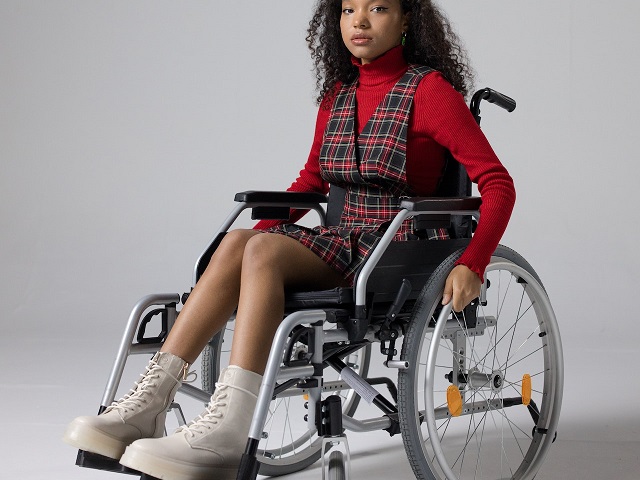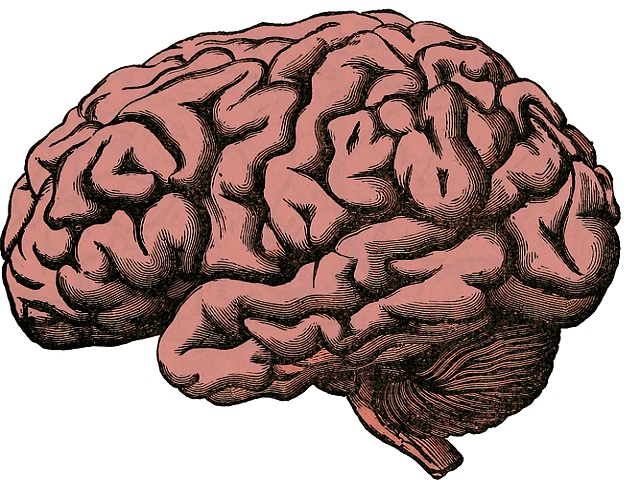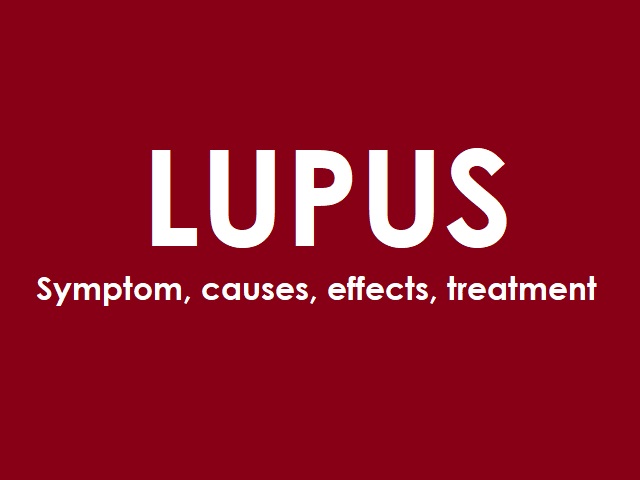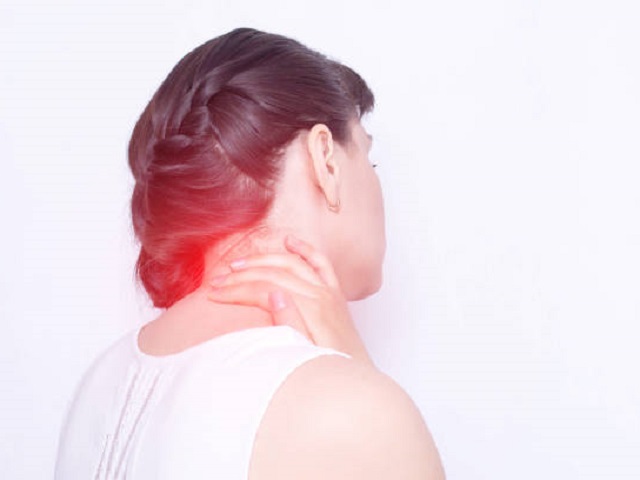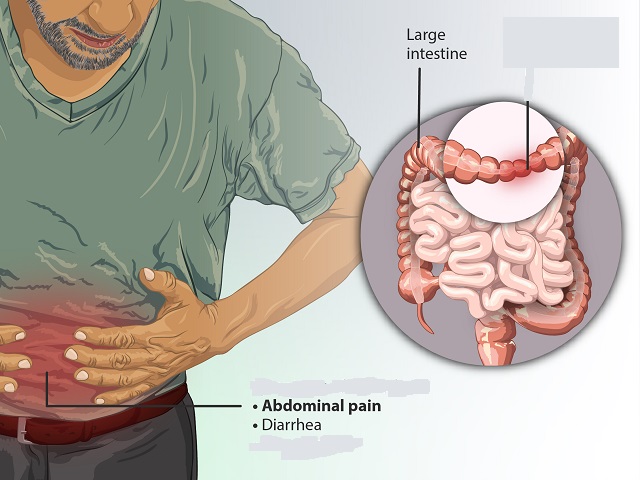6 Signs that You May be Having Stroke --Symptoms, Causes, Effects and Prevention
A stroke occurs when there is a disruption of blood flow to the brain, resulting in the death of brain cells. This interruption can be caused by either a blocked blood vessel (ischemic stroke) or a ruptured blood vessel (hemorrhagic stroke). Strokes require immediate medical attention, as they can lead to significant disability or even death if not treated promptly.
Symptoms of Stroke:
The symptoms of a stroke can vary depending on the area of the brain affected. Common symptoms include sudden onset of:
- Weakness or numbness in the face, arm, or leg, usually on one side of the body
- Trouble speaking or understanding speech
- Confusion
- Vision problems in one or both eyes
- Dizziness or loss of balance
- Severe headache without a known cause
It is important to remember the acronym FAST (Face drooping, Arm weakness, Speech difficulty, Time to call emergency services) to recognize the signs of a stroke and seek immediate medical attention (CDC, 2021).
Causes of Stroke:
There are several factors that can contribute to the development of a stroke:
- Hypertension (high blood pressure)
- Atherosclerosis (hardening and narrowing of the arteries)
- Diabetes
- High cholesterol levels
- Smoking
- Obesity
- Excessive alcohol consumption
- Family history of stroke
- Age (risk increases with age)
- Certain medical conditions, such as atrial fibrillation or carotid artery disease (CDC, 2021)
Effects of Stroke:
The effects of a stroke can vary depending on the severity and location of the brain damage. Common effects include:
- Paralysis or weakness on one side of the body
- Difficulty speaking or understanding speech
- Memory loss or cognitive impairments
- Emotional changes, such as depression or anxiety
- Trouble with coordination and balance
- Swallowing difficulties
- Loss of vision or visual impairments
- Fatigue and decreased energy levels
Recovery and rehabilitation are crucial for minimizing the long-term effects and maximizing functional abilities after a stroke (CDC, 2021).
Prevention of Stroke:
Preventing strokes involves addressing risk factors and making healthy lifestyle choices. Some prevention strategies include:
- Managing hypertension: Monitor blood pressure regularly and follow medical advice to keep it within a healthy range.
- Controlling diabetes: Maintain proper blood sugar levels through medication, diet, and exercise.
- Maintaining a healthy diet: Consume a diet low in saturated fats, cholesterol, and sodium, and rich in fruits, vegetables, whole grains, and lean proteins.
- Engaging in regular physical activity: Aim for at least 150 minutes of moderate-intensity aerobic activity or 75 minutes of vigorous-intensity aerobic activity per week.
- Quitting smoking: Smoking cessation significantly reduces the risk of stroke.
- Limiting alcohol consumption: Drink alcohol in moderation, if at all.
- Managing other medical conditions: Control cholesterol levels, maintain a healthy weight, and seek treatment for heart conditions or atrial fibrillation.
References:
Centers for Disease Control and Prevention. (2021). Stroke symptoms and causes. Retrieved from
https://www.cdc.gov/stroke



